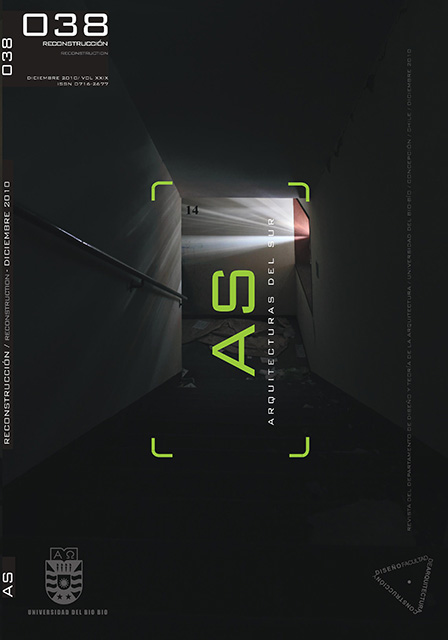Image and aesthetics: Biographical representations of a catastrophe
Keywords:
aesthetics, image, representation, memory, genderAbstract
How can one write about images in which the beginning (creation) and end (finished work) are related to personal experiences of a catastrophe? How can one translate the body of work of the biography of our society? How can one write about the images of a catastrophe in such a way as to portray the enormous consequences they hold for cultural studies based as they are on such difficult to pin down notions as biography, social body, memory and disaster? Such questions relate to two kinds of approach, one based on authorial work and the other as a means of building a sense of identity. These are the questions and objective of this text in which identity, memory, experience and representation are relevant signs in laying the foundations of the body of artwork. Equally, works of art created in extreme circumstances during or following a catastrophe, disaster or dictatorship, for example, are built up from the margin and/or periphery, amongst minorities even - a concept related to the notion of gender (Judith Butler); the work of art, in this case photography, is the biographical, political and social body. The concept of autobiography arises as a central element in this article. Each image, every word are memories and confessions of the authors, including the author of this article who herself experienced the shock provoked by this situation and subsequently received the experiences converted into art (through the photographs that prompted this collection) of those who suffered fear and loss. These emotions are the construction of a place, a moment; they create a visual map of that which is no longer there. And it is this very absence that is essential to understanding the images and sensing, through the text, the silence that follows the catastrophe. Can this silence be written down or photographed?
Downloads
Downloads
Published
How to Cite
Issue
Section
License
The content of the articles published in each issue of Arquitecturas del Sur is the sole responsibility of the authors and does not necessarily represent the opinion of University of the Bío-Bío.
The authors will maintain their copyright; however, they will guarantee the journal the right to first publication and dissemination of their work. The publication of the article in Arquitecturas del Sur will be subject to the Creative Commons International license (CC BY-SA) that allows others to adapt: remix, transform and build on the material for any purpose, even commercially; share: copy and redistribute the material in any medium or format, as long as the authorship and first publication in this journal are acknowledged by citing them correctly, and their new contributions are under a license with the same terms.














 Programa de Información Científica/Concurso Fondos de Publicación de Revistas Científicas 2018/ Proyecto Mejoramiento de Visibilidad de Revistas UBB (Código:FP180007)
Programa de Información Científica/Concurso Fondos de Publicación de Revistas Científicas 2018/ Proyecto Mejoramiento de Visibilidad de Revistas UBB (Código:FP180007) 
